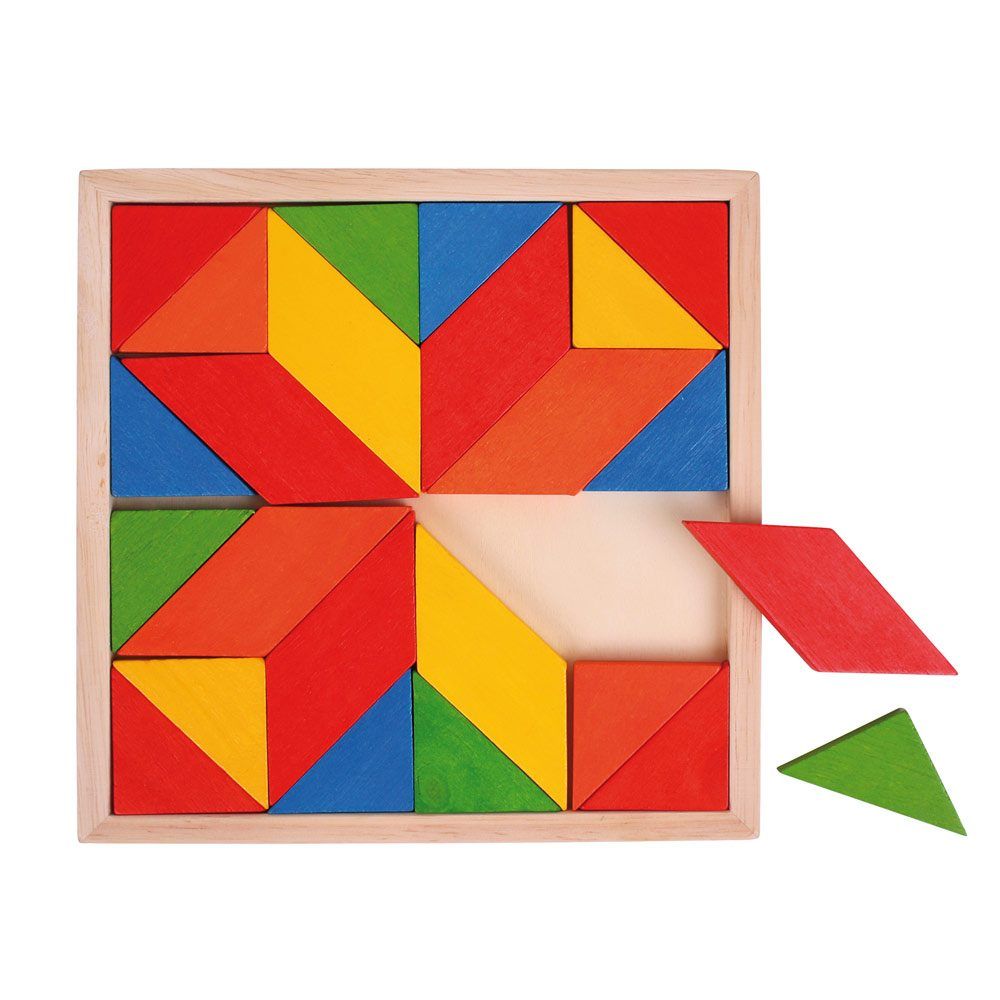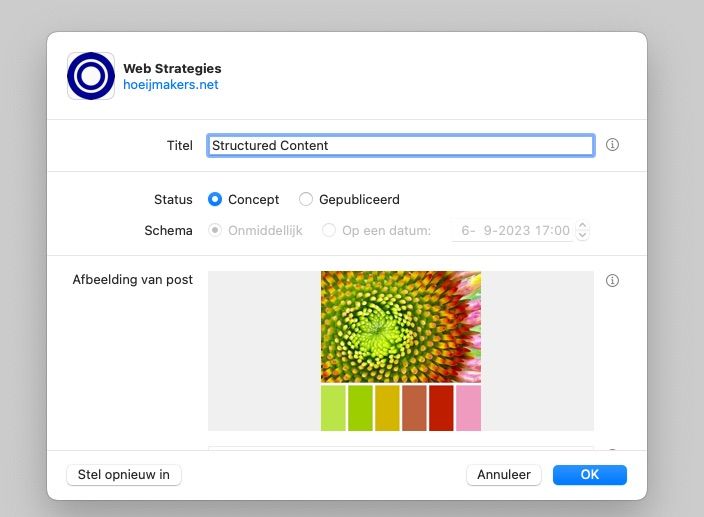Structured Content
Discover how structured content, much like assembling mosaic art, can transform your web development projects. Learn why it's essential for consistency, SEO, and a future-proof online presence.

When it comes to web development, one crucial concept that often gets overlooked is structured content. At first glance, it might seem like a dull and abstract topic, but think of it as the mosaic tiles of a website.
Just like assembling colorful mosaic tiles to form intricate patterns, structured content allows you to piece together content components strategically to create a compelling digital experience.
Let's dive into this topic using the mosaic analogy, and along the way, we'll explore what structured content means, how it differs from structured data, and why it's the backbone of a successful online presence.
The Mosaic Analogy
Imagine yourself with a set of colorful mosaic tiles, each tile featuring unique geometric shapes and colors. These mosaic tiles represent structured content in web development.
Like a skilled mosaic artist, you can puzzle these tiles together to form intricate and beautiful patterns. This mirrors the flexibility and creativity that structured content brings to web design and content creation.
Just as mosaic tiles can be arranged to create unique art pieces, structured content enables web professionals to craft various content layouts, templates, and designs for different channels and platforms. These content components serve as reusable building blocks, much like multichannel reuses in structured content.

Understanding Structured Content
Structured content is the practice of organizing and presenting content in a consistent, standardized format. It ensures that content remains coherent and adaptable across various digital channels and devices.
Structured content embodies the COPE (Create Once, Publish Everywhere) principle, allowing content creators to craft content once and seamlessly adapt it for diverse channels, both now and in the future.

Structured Content vs. Structured Data
It's essential to distinguish structured content from structured data. While structured content focuses on the organization and presentation of content components for human consumption, structured data primarily serves search engines and machine interpretation.
Structured data, often in the form of schemas and markup, helps search engines understand the context and meaning of web content, enhancing search results with rich snippets and knowledge graph entries.
Structured content, on the other hand, caters to the human experience. It ensures that the content you create is not only informative but also visually appealing and consistent across different touchpoints, from websites to social media.
The Benefits of Structured Content
Now that we've established the mosaic analogy and clarified structured content let's explore why it's so essential in web development:
Consistency and Efficiency
Structured content guarantees that your content remains consistent across all channels and platforms, much like how mosaic tiles maintain their geometric patterns. Your brand message and style stay uniform, whether it's on your website, social media, or email campaigns. This consistency extends to content presentation, ensuring a seamless user experience.
Improved SEO and Site Performance
Structured content improves your website's SEO performance by making it more understandable to search engines. Metadata and taxonomy provide clear signals about content relevance and context. This can boost your SEO rankings and increase your website's visibility in search results.
Additionally, structured content enhances site performance by increasing click-through rates (CTR) and potentially earning rich snippets and featured snippets on search engines. These visual enhancements make your content more eye-catching and trustworthy.
Content Reusability and Scalability
Structured content allows for content reusability, just as you can repurpose mosaic tiles for different patterns. Content components become building blocks that can be reused across your website or even in different projects. This not only saves time but also ensures content consistency and reduces the risk of errors.
As your web presence grows, structured content makes scalability effortless. You can add new content components without disrupting the existing structure, ensuring a seamless user experience and adaptability to emerging channels.
Benefits for AI and Machine Learning
Structured content plays a pivotal role in enabling artificial intelligence (AI) and machine learning. It provides the semantic meaning needed for computers to interpret content accurately and connect it to related content.
With structured content, machines can learn, identify patterns, and make decisions with minimal human intervention, accelerating the growth of AI and machine learning.
Conclusion
In conclusion, structured content is not just an abstract concept; it's the practical foundation that can take your web development projects to new heights.
Much like assembling mosaic tiles to create intricate patterns, structured content allows you to piece together content components strategically, ensuring consistency, adaptability, and visual appeal.
As the digital landscape evolves, structured content remains the key to staying relevant, efficient, and effective in the world of web development.
Reach out to me if you want to further discuss the benefits of structured content.



